It’s the American way: Bigger, better, faster, now. Actually, it’s the way most of the world thinks especially when it comes to shotshells. Just a short jaunt through the ammo aisle at your local sporting goods store is enough to make your shoulder hurt just at the sight of some of those shell boxes. Will those superfast, hot and heavy loads give you more X’s on your scorecard or more birds in your bag? Meh, maybe … but some time with a professional instructor and a little practice at the clay course will take your shooting much further than 1350fps.
Sponsored by Syren USA
One of the most frequently asked questions is this one: “What shotshell load should I be shooting?” Typically, my response to students and clients is they need to shoot the lightest load they can cycle through their guns. The target also will dictate the parameters of the shotshell you will need to use.
Consider these questions:
Each of these scenarios requires a different load and you should always pattern your particular shells through the gun and choke(s) that you have selected. Each of these scenarios also yields a very different number of shots fired. This will have a direct impact on your shoulder and the amount of recoil that you will feel.
Shooting a round of 100 on the sporting clays course? You will absolutely want to mitigate as much recoil as possible. Otherwise, you will be flinching before you even call “Pull!” halfway through the course.

One thing that people always comment on when they see my Syren Tempio Sporting is “Wow, you ONLY shoot a 20 gauge? Why don’t you want to shoot a 12 gauge?” Well, it’s because my Syren is used for a lot for students in lessons and most of them are new shooters. There is an immediate opposition to shooting a 12 gauge from most that are new to the sport, but they want more impact on the clay field than a 28 gauge can offer. The 20 gauge fits the bill nicely – particularly when paired with ¾-ounce, 20-gauge shells – with very little recoil. Once new shooters feel comfortable with shooting, and aren’t stressed about getting beat up and understand the fundamentals, they easily can transition into 12-gauge shotguns, utilizing low recoil shells. So often the individual is in awe at how similar a 12-gauge feels in terms of recoil to the 20 gauge. At that point, the “dreaded” 12-gauge recoil issue is a fear of the past and they are now open to much wider selection of shotguns. They are also more comfortable and confident about shooting.
Despite the fact that I am almost six feet tall and of solid construction, I hate recoil. There is no reason to get beat up by your gun. Now, some guns are just by nature more inclined to pinch, slap, dig, etc., but when you have the chance to shoot one of the best in the industry made specifically for women, it should be a dream to pull the trigger – not a nightmare, which is why I am an advocate of shooting the lightest load your gun will cycle.
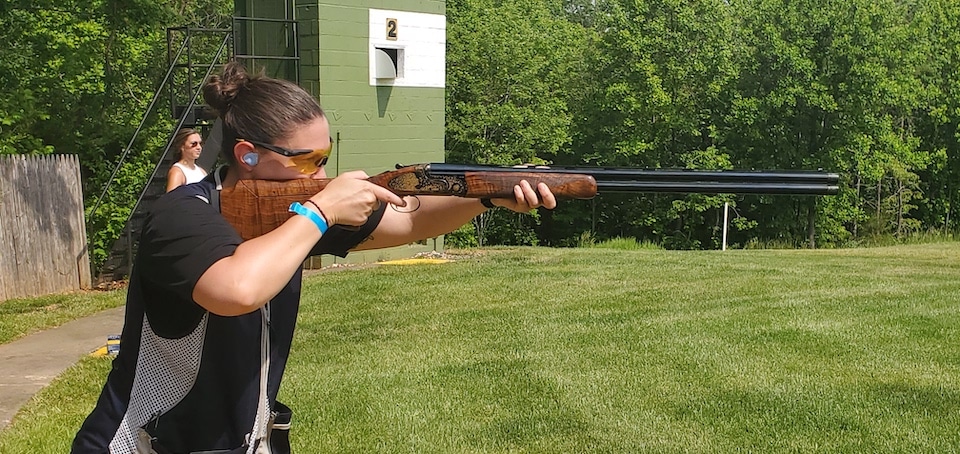
If you are shooting a cracking gun/break action, then you have more options than an autoloader/semi-automatic. Autoloaders are reliant on either inertia or a gas operating system to cycle the gun and extrude the spent shell while loading in a fresh shell. This means you will normally need to shoot a little heavier or faster load in order to make the gun cycle correctly. The great thing about Syren autoloaders, they can cycle a lighter load than most others.
Components of a Shotshell
Let’s take a look at the components of a shotshell. In the most basic of breakdowns, a shotgun shell is a plastic casing filled with shot in the upper half held in place by a wad, normally made of plastic. This is nestled over top of a specific measurement of gun powder and the back of the shell is sealed with a primer. Once this primer is struck by the firing pin, it sets off the chain reaction to expel the shot from the shell.
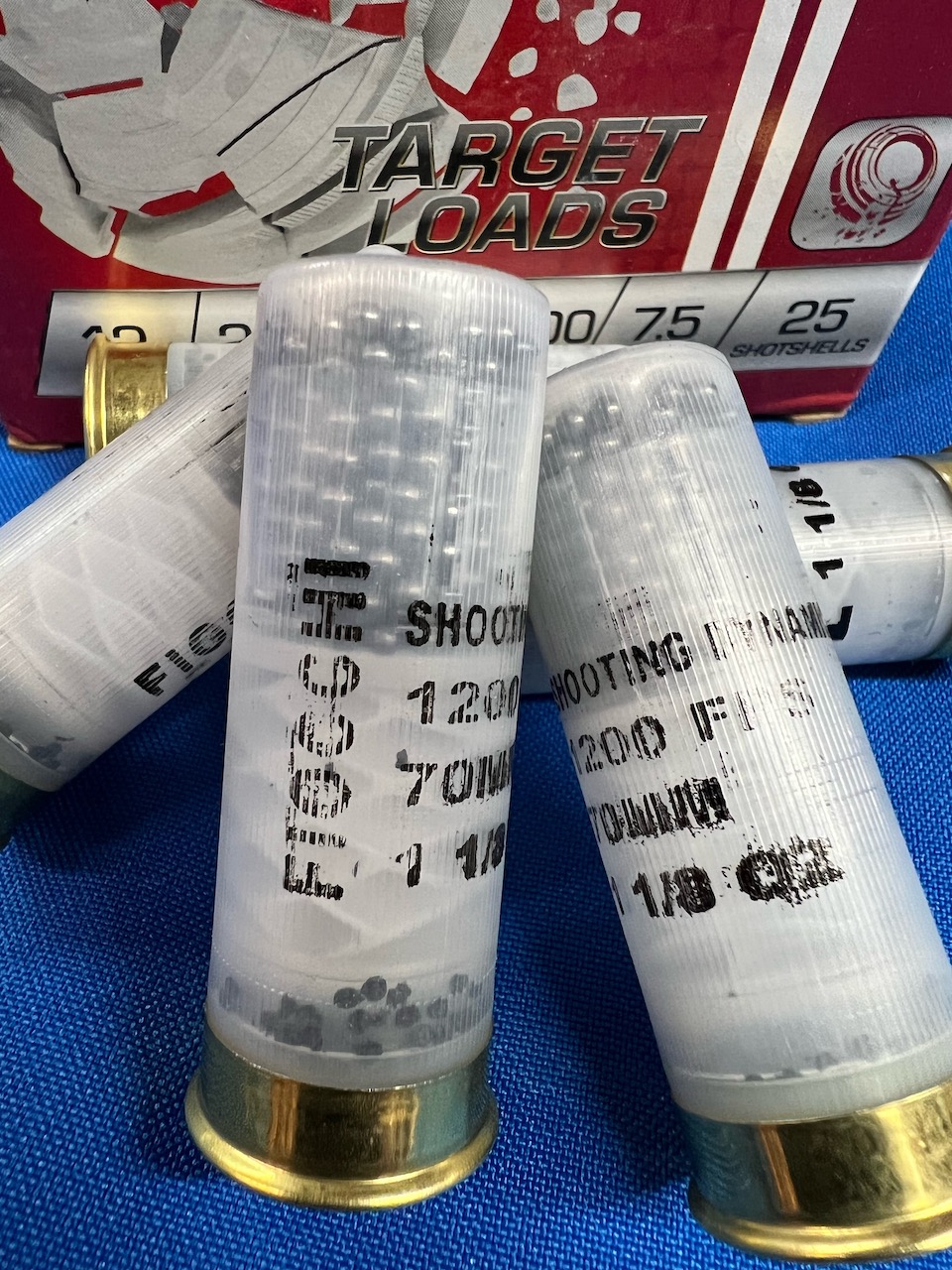
Take a moment to read the top of a box of shells. You will notice that the gauge, shot size, fps (feet per second/speed), dram (measurement of gun powder), weight of shot in either grams or ounces and length of shell (once fired) are all listed. Let’s go through each of these individually.
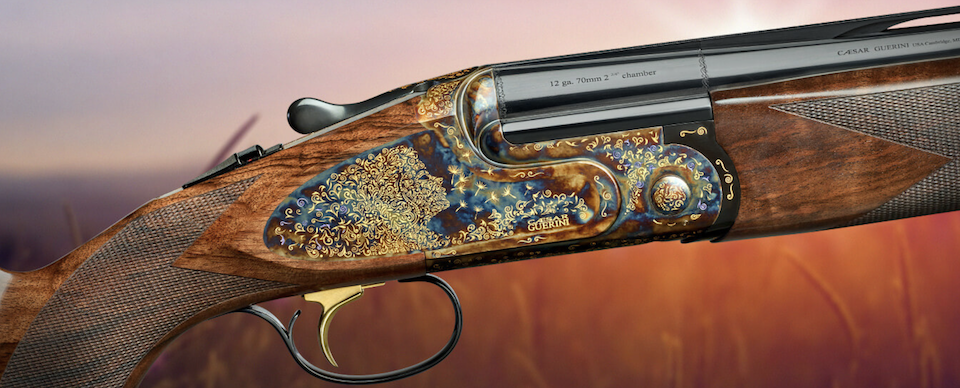
Gauge
The gauge is barrel measurement. Always be certain that you are only loading the proper gauge into your shotgun as the various gauges are NEVER interchangeable and please use extra caution when handling various gauge guns and ammo. Some shells, such as 20 gauge and 16 gauge, will fit into a 12 gauge chamber, but the end result is devastating. A quick glance at the side of the gun barrel will clearly define the required shotshell size. You will also see the max length of shell listed. This length is after the shell has been fired. It is important to never shoot a longer than recommended shell, as the shell will not be able to open fully causing a build of pressure in the barrel and again, can be devastating.
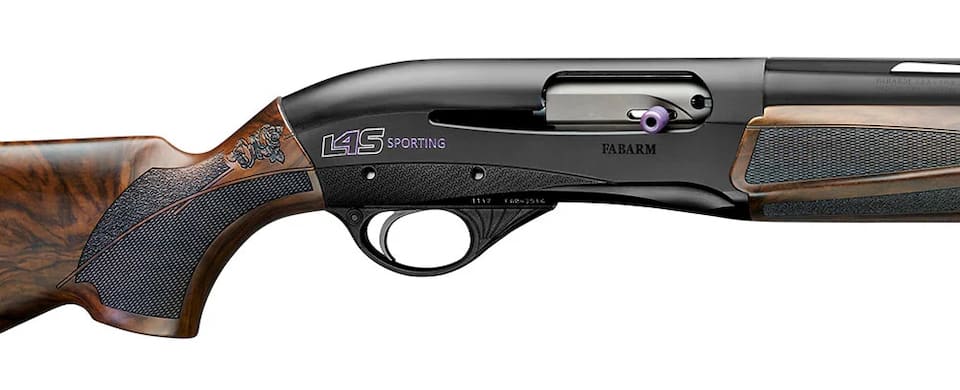
Speed and Dram
Now, two crucial measurements to save your shoulder: Speed (fps) and the dram measurement. Shooting a faster speed does not mean you will hit more. It does mean that the lead shot flying out of the barrel will face greater deformities and create more felt recoil. Besides, the typical trap is throwing clay on average at 40-to-45 miles per hour. If you are shooting 1200 fps, that equates to 818 miles per hour!
Today’s ammo and firearms are far superior to what was available 50 years ago – or even 20 years ago. I will spare you the extremely in-depth and highly detailed workings of matching pellet size and weight to drams of powder and whether that powder is single or double stage. That is another article for another day. Just know that with today’s shell construction, specifically the materials that can make up a pellet, we are far more capable of crafting superior shells than our grandfathers would have used.
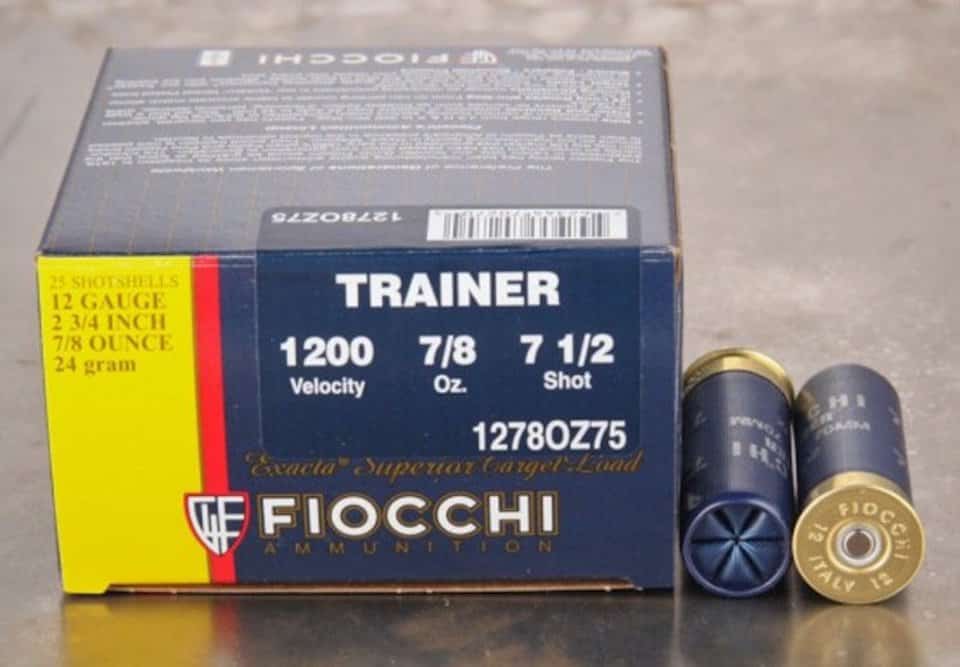
At the Gun Store
So how do you know which box to grab out of the overwhelming wall of ammo at your favorite sporting goods store? Simple. Get the lightest load that you can get away with for your target. If you are shooting clays, you will be limited to no larger than #7.5 shot in lead. Now while most will grab the 12 gauge, 1-1/8 ounce box of 1290 fps or maybe even faster, I am grabbing 7/8 ounce in 1200 fps or even a little slower. Why? Because I hate recoil and I know that it isn’t the shell that will save me from missing. It’s my ability to read the target and put in place a great plan with excellent hold and break points. (Just FYI, the Olympic shooting team is mandated to use no larger than 12 gauge, 7/8-ounce shells and those guys and gals don’t miss much.
Regardless of your target and your preferred brand of shotshells and shell size, always take time to pattern that shot. You may be shocked at the results. Remember that this sport is way too much fun to be painful, so select shells that suit your target and will keep your shoulder safe from unnecessary recoil.
Kate Ahnstrom, owner of Virginia Shooting Sports, is a certified, professional instructor of the Paragon School of Sporting. She has dedicated her life to sharing her passion for the outdoors and diversifying the dynamics on the clay course and the hunt field. Her tireless dedication to her students’ success is obvious in each and every lesson. Kate is on the pro staff for Syren, the resident pro at Orapax Hunting Preserve and the Preserve at Dundee, department editor for “Woods and Waters” magazine and field staff member of the Sisterhood of the Outdoors. She and her husband, Mike, enjoy their small farm in central Virginia where they have a menagerie of animals and plenty of room to train and work their beloved GSPs. Kate loves getting behind the barrel of her Syren Tempio Sporting in 20 gauge for all things clay and feathered. View all posts by Kate Ahnstrom